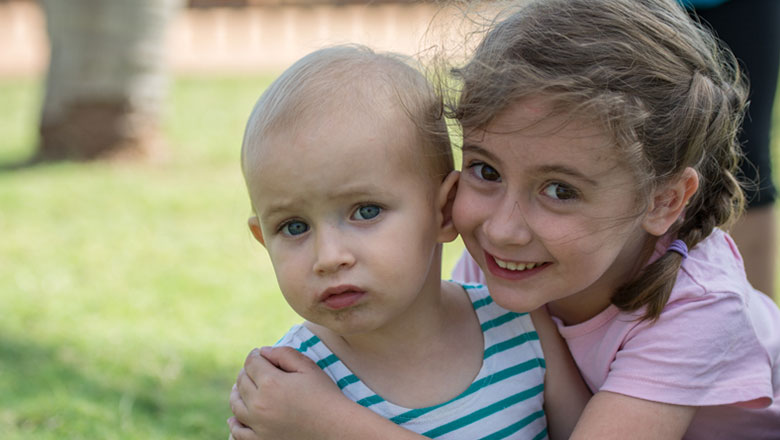Search
Research
Efficacy of human papillomavirus 16 and 18 vaccine against cervical cancer: Final randomized, double-blind PATRICIA trialWe report final event-driven analysis data on the immunogenicity and efficacy of the human papillomavirus 16 and 18 (HPV-16/18) AS04-adjuvanted vaccine in...
Research
A comparison of paediatric and adult infectious diseases consultations in Australia and New ZealandThe objective of this paper is to describe paediatric infectious diseases consultations across Australia and New Zealand.
Research
Impact of high coverage of monovalent human rotavirus vaccine on Emergency Department presentations for rotavirus gastroenteritisThe program was associated with a substantial decline in rotavirus attributable non-admitted AGE presentations to ED among children aged <5 years.
Research
Is Streptococcus pyogenes resistant or susceptible to trimethoprim-sulfamethoxazole?Streptococcus pyogenes is commonly believed to be resistant to trimethoprim-sulfamethoxazole (SXT), resulting in reservations about using SXT for skin and...

News & Events
NHMRC funding awarded to support child health researchThe Kids Research Institute Australia researchers have been awarded more than $10 million in research funding from the National Health and Medical Research Council (NHMRC).

News & Events
Community Conversation- Infectious Diseases in ChildrenConsumers and community members are invited to join us to provide input into our childhood infectious diseases research.
News & Events
New vaccine shows promise in protecting against common cause of meningitisResearchers are an important step closer to finding a vaccine that protects against a wide range of strains of meningococcal B - the most common cause of mening
News & Events
Listen Up - Urgent action needed to reduce ear infectionsListen Up - Urgent action needed to reduce ear infections
News & Events
Be on alert for meningitisThe Meningitis Centre is urging all people to be on alert for the signs and symptoms of the potential deadly disease.
News & Events
New vaccine could protect against more types of cancer-causing HPVTrial of new vaccine that could provide women with additional protection against Human Papillomavirus (HPV) types known to cause cervical cancer.
